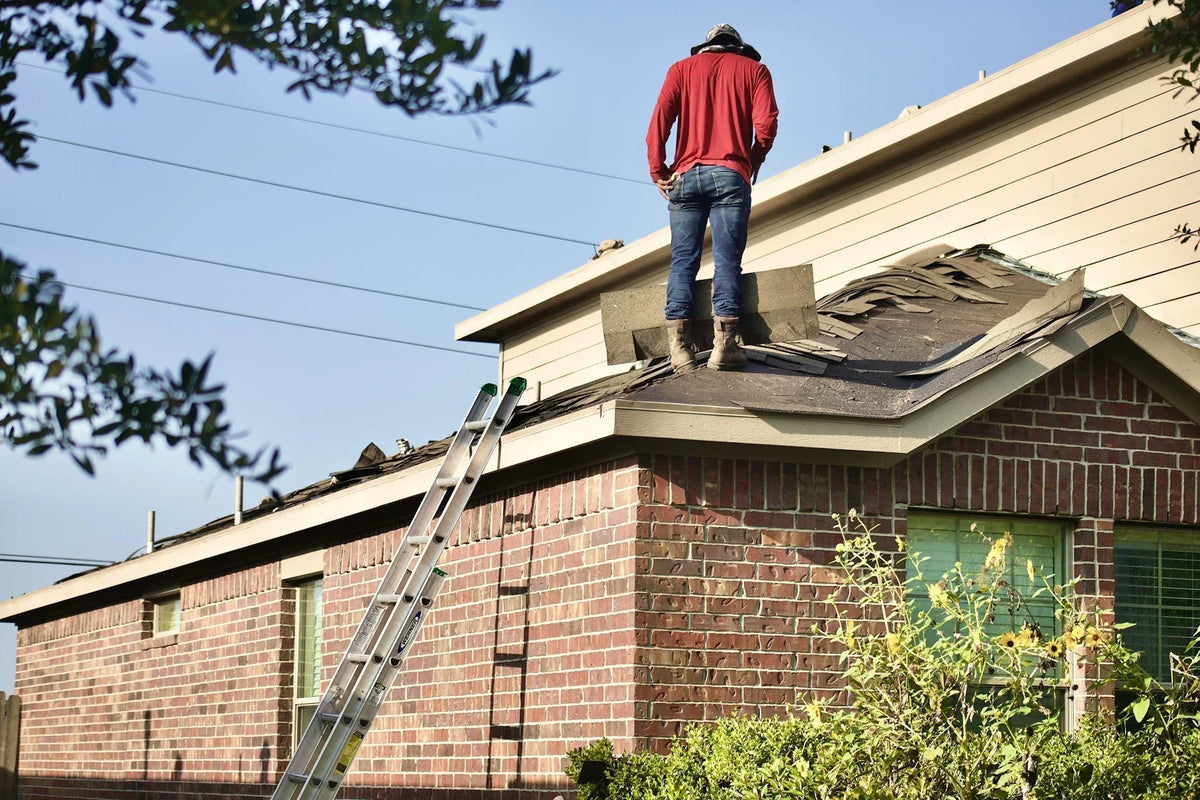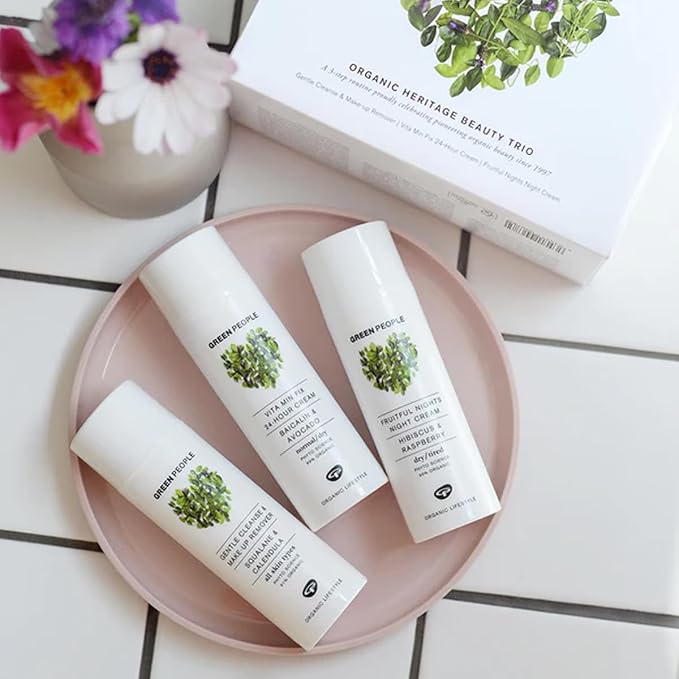First-time visitors to Georgia often want a clear, stress-free introduction that balances culture, nature and everyday comfort. Many begin in Tbilisi, where the airport sits close to the city centre and the compact Old Town allows easy walking between the sulphur baths, Narikala cable car and riverside viewpoints. Sustainable travel here means choosing walkable routes, local cafés and small hotels that support the community. Short trips to Mtskheta add historical depth without long drives, while Kakheti introduces wine traditions through slower, guided visits that reduce unnecessary transport. Some travellers combine Tbilisi with Batumi, using efficient internal travel rather than multiple flights. At Friendly Turtle EcoBlog, we encourage first-time visitors to travel Georgia responsibly by pacing itineraries, staying in family-run guesthouses, joining small-group tours and respecting local ecosystems. These mindful choices help reduce environmental impact while still offering a rich, authentic experience of Georgia’s cities, landscapes and traditions.
Share your articles with us and get published! Reach out at hello@friendlyturtle.com.
How to Choose Sustainable Roofing Materials for Your Home

The importance of a roof is usually overlooked, despite it being one of the crucial components of a house. People do not devote enough time to choosing the right materials for roofing and experience different issues later on. Nowadays, there is a huge focus on sustainable materials, and when it comes to roofing, you need to take some time and choose the right material carefully. This article will guide you through the whole process of selection and will tell you what you must focus on if you want a long-lasting and quality solution.
Why Are Sustainable Materials Important?
Before we move on to how to choose the right materials for roofing, you need to understand the importance of sustainable materials and why they have been so popular recently. Nowadays, people recognize the need for sustainable and eco-friendly materials, as this is one of the ways to save and help the planet. Sustainable materials are also widely popular for their long-lasting quality and sustainable roofs are designed to improve energy efficiency and provide better insulation, this way lowering energy bills. Sustainable roofs use recycled or renewable resources, this way minimalizing waste during production. People need to understand the importance of sustainable materials, as people will experience serious consequences of the never-ending cycle of production and waste.
Types of Materials
You need to understand your options and their benefits so that you know how to make well-informed decisions. Metal roofing is one of the most used types of roofs because it provides both durability and sustainability. Many metal roofs are made of recycled sources and can be fully recycled again after their lifespan. However, you can also choose recycled shingles which are perfect for people who prefer a more traditional look. These shingles are made of sources that can be recycled and usually look like asphalt but are far more eco-friendly. You also have additional options which are green roofs made of vegetation that absorb rainwater, reduce heat, and improve air quality, or you also have solar roofs which integrate renewable energy production directly into your home.

Evaluate Durability
When choosing the right materials for roofing, you want them to be of high quality so that you do not have to worry about replacing them for some time. You need to be aware of some of the potential risks in your area, as this can differ much based on the location and weather. This is why you should look for local roofers who will know what to focus on. For example, a top roofing company in Aldie will address all the potential problems in that area and will know what materials to choose for a durable and quality roof. Metal roofing is great for areas with heavy snowfalls, while clay tiles are better for warmer areas.
Consider Life Cycle Costs
Even though the upfront costs of sustainable roofing can be higher than with traditional ones, you need to take into consideration how much money goes for the overall maintenance and how much you will save. For example, durable materials like metal and clay often last for decades and there won’t be any need for replacement during this period. Also, if you choose wisely, energy-efficient materials can reduce heating and cooling costs, this way helping you save money long-term.
Energy-Efficiency
If you want a solution that will help you both save some money on long-term periods and maintain comfort indoors. Sustainable materials are known for their ability to reduce some long-term costs and people started using them because they not only leave minimal waste but provide much better features than traditional roofing. For example, cool roofing is specially designed to reflect more sunlight and absorb less heat.
Maintain Your Roof
Sustainable roofs, same as any other types of traditional roofs, require proper and regular maintenance to ensure long use and quality protection. Make sure you check for damage every once in a while and after severe weather. If there are any damages, make sure to take care of them on time, as this way you prolong the lifespan of your roof. By maintaining the roof, you avoid the risks of having to replace it which not only goes in your favor but also in the favor of the whole planet, as there won’t be a need for any waste of production for some time.
Make sure to take some time and get well-informed before you choose the right material for the roofing. Sustainable materials provide all the benefits you need for a quality and durable roof and can be a much better choice than traditional roofs.
0 comments
Let customers speak for us
Blog posts
A calm, multifunctional garden can be more than a pretty backdrop it can become a practical extension of your home that supports slow mornings, outdoor meals, and genuine downtime. In this Friendly Turtle EcoBlog guide, we look at simple, sustainable ways to shape an outdoor space that feels organised, welcoming, and easy to use throughout the week. Start by creating clear “zones”: a quiet seating corner for reading, a dining spot for relaxed lunches, and a flexible open area for play or potting. Light-touch structures, such as an airy pergola or a sheltered veranda, add definition without blocking daylight, making the garden usable in changeable weather. Keep the mood restful with layered planting: evergreens for year-round structure, seasonal flowers for colour, and lightly scented herbs near paths. Choose reclaimed or recycled materials where possible, add soft warm lighting, and reduce water waste with mulch and a simple rainwater butt. The result is a garden that feels calm, functional, and kinder to the planet.
Finding the right mental health support in Woodland Hills starts with checking credentials, treatment approach and access to care. Look for licensed clinicians with training in evidence-based therapies such as CBT or DBT, and ask whether programmes offer coordinated psychiatry, talking therapy and crisis support when needed. The best providers also explain your options clearly, from outpatient sessions to more structured day programmes, and may include complementary practices that support recovery, such as mindfulness, movement and nutrition guidance. At Friendly Turtle EcoBlog, we often explore how everyday choices shape wellbeing; this guide applies the same practical lens to mental health care, helping you compare services, understand what ‘holistic’ really means, and choose a setting that feels safe, respectful and tailored to your needs. It also highlights practical questions to ask about availability, confidentiality, fees and insurance, so you can make a confident, informed decision.



